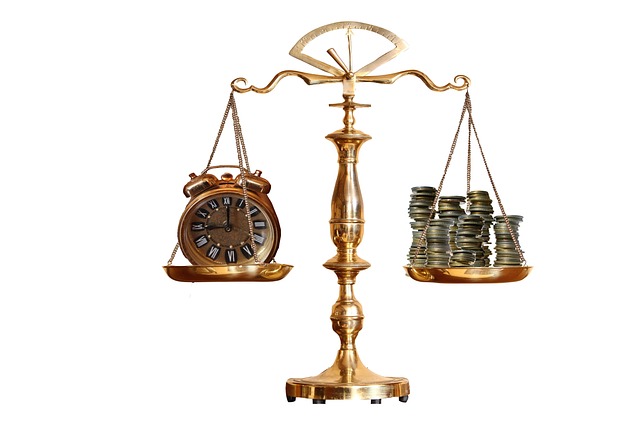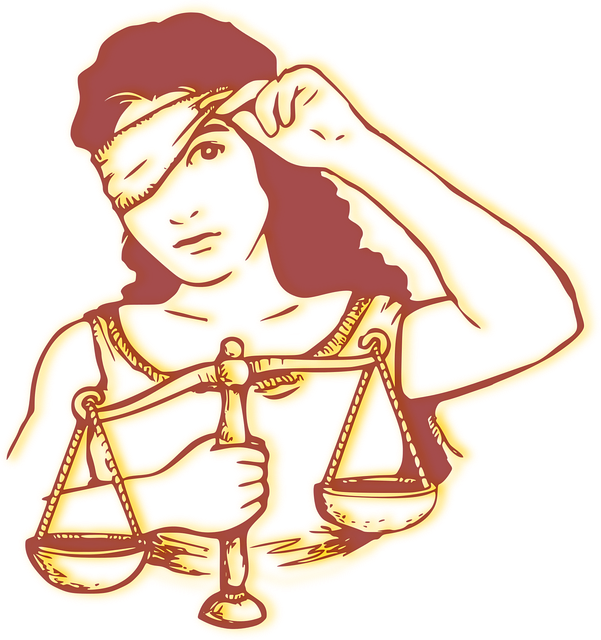Motorcycle accidents pose unique challenges in assigning fault due to riders' limited protection, leading to severe injuries or deaths even from minor incidents. In many jurisdictions, liability falls on drivers who breach their duty of care, encompassing negligent driving, failure to yield, and non-compliance with traffic rules. To ensure justice and fair settlements, it's crucial to examine pre-accident events, gather evidence, and assess the contributions of each party's actions or inactions. Specialized lawyers play a vital role in navigating these complex cases, where interpretations of duty breaches may differ. The process begins with a thorough investigation, including witness statements, police reports, and physical clues, followed by legal analysis to determine duties of care, breach, and relevant factors, enabling experts to reach fair verdicts facilitating recovery or settlements.
Motorcycle accidents can have severe consequences, often leaving riders with significant injuries. Determining fault is crucial for victims seeking justice and compensation. This article delves into the legal aspects of motorcycle accidents, focusing on how fault is established. We explore the driver’s duty of care and common breaches that can lead to liability. Understanding this process involves a step-by-step analysis, ensuring riders’ rights are protected and responsible parties are held accountable for their actions.
- Understanding Motorcycle Accidents and Legal Responsibility
- Driver's Duty of Care: Breaches That Can Lead to Fault
- Determining Fault: A Step-by-Step Process
Understanding Motorcycle Accidents and Legal Responsibility

Motorcycle accidents can be complex when determining fault, as they often involve unique circumstances and challenges compared to other types of vehicular collisions. Motorcyclists are more vulnerable due to their lack of protection, which means that even minor incidents can result in severe injuries or even fatalities. Understanding the legal responsibilities of drivers is crucial in these cases.
In many jurisdictions, the driver who breaches their duty of care is held liable for the motorcycle accident fault. This includes actions like negligent driving, failure to yield, or not adhering to traffic rules. When a client involved in such an incident seeks recovery and injury compensation, it’s essential to examine the events leading up to the accident, gather evidence, and assess how each party’s actions or inactions contributed to the outcome. The goal is to ensure justice and provide adequate client recovery while considering fair and reasonable accident settlements.
Driver's Duty of Care: Breaches That Can Lead to Fault

In a motorcycle accident, determining fault often hinges on understanding the driver’s duty of care. This encompasses a range of responsibilities that drivers owe to others on the road, including motorcyclists. A breach of this duty can lead directly to establishing liability in a subsequent motorcycle accident fault case. Examples of such breaches include negligent driving, failure to yield, speeding, and not adhering to traffic signals or signs. Additionally, drivers have a fiduciary duty to exercise reasonable care and skill while operating their vehicles, which includes maintaining proper control and being vigilant of their surroundings, especially when sharing the road with smaller, less protected vehicles like motorcycles.
Particular scenarios that may constitute these breaches include driving under the influence, reckless behavior, or texting while driving. These actions not only violate traffic laws but also demonstrate a disregard for public safety, thereby increasing the likelihood of motorcycle accidents and their subsequent fault determinations. Engaging a truck accident lawyer can be crucial in navigating such complex cases where partnership disputes might arise from differing interpretations of duty breaches.
Determining Fault: A Step-by-Step Process

Determining fault in a motorcycle accident is a meticulous process that involves several steps to ensure justice and accurate compensation for the victim. It begins with a comprehensive investigation, where authorities collect evidence such as witness statements, police reports, and physical clues at the scene. This initial phase aims to establish the sequence of events leading up to the accident.
Next, legal professionals analyze the circumstances by examining the driver’s duty of care and whether it was breached. This includes assessing speed, road conditions, weather, and any relevant factors like distracted driving or failure to yield. By comparing the actions of both parties, experts can pinpoint who acted negligently, leading to the motorcycle accident. This step-by-step approach is crucial in reaching a fair verdict, especially in complex cases where multiple variables contribute to the incident. Effective evidence evaluation and a thorough understanding of legal duties are essential to determining liability and facilitating a client’s recovery from truck accident injuries or other accident settlements.
Motorcycle accidents often result from driver negligence, and understanding one’s duty of care is crucial. By recognizing and adhering to legal responsibilities, drivers can help prevent such incidents. The determination of fault involves a systematic process, ensuring justice for all parties involved. When a driver breaches their duty, it directly contributes to motorcycle accident faults, emphasizing the need for safe driving practices.





